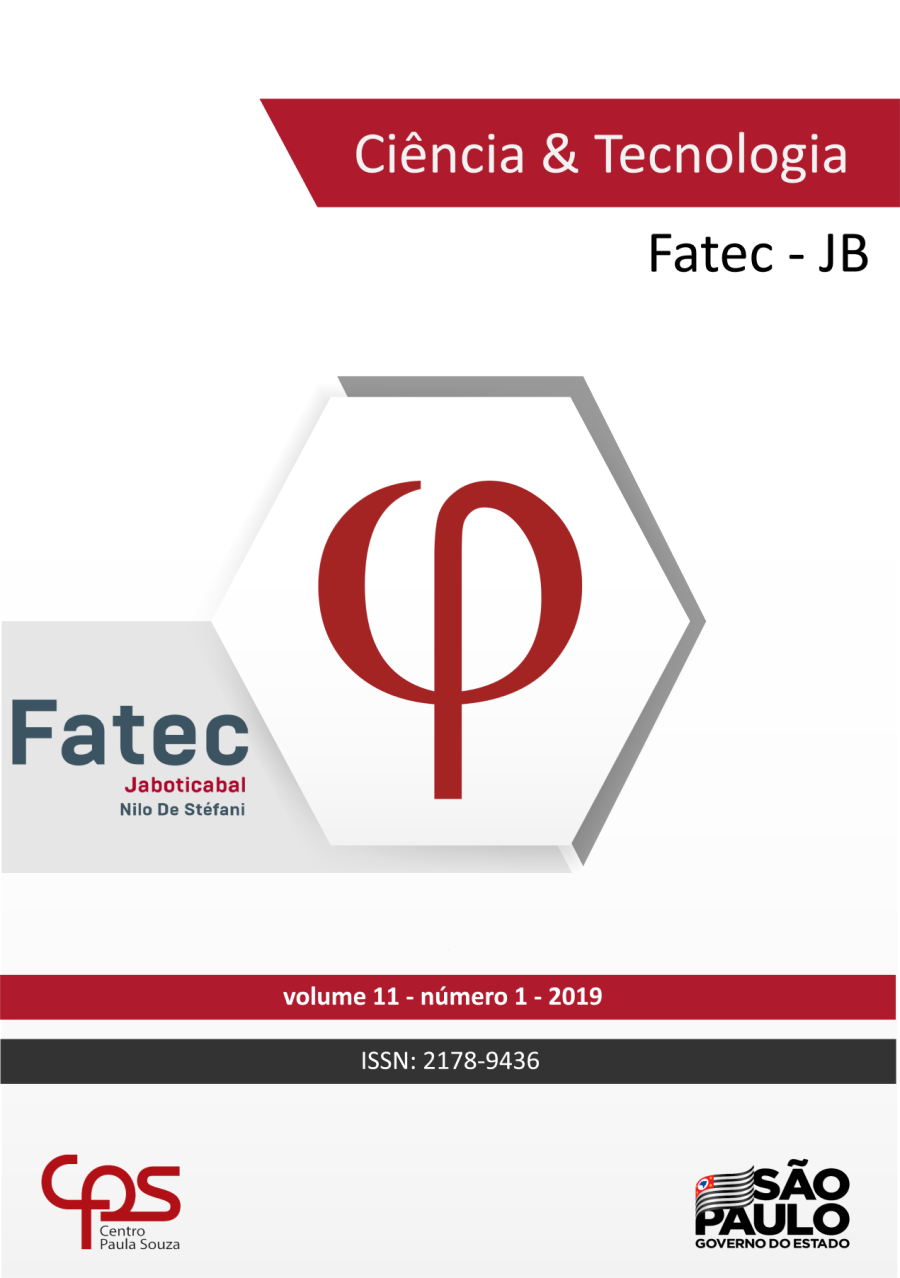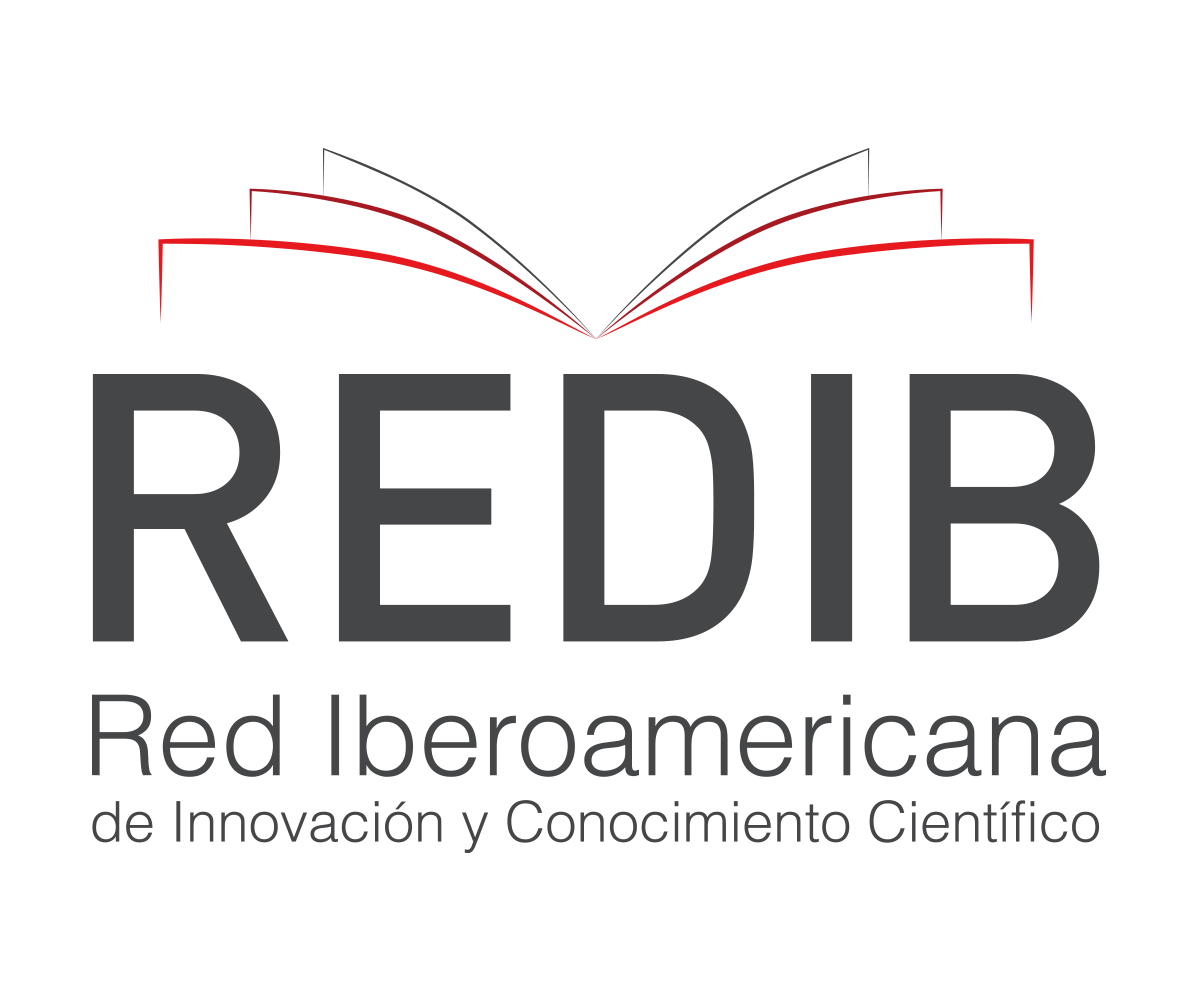TEMPERATURE IN A SOIL SUBMITTED THE APPLICATION OF WASTE OF SEWAGE TREATMENT STATION
Keywords:
Aquecimento do solo, Biossólidos, Fertirrigação, Lodo de esgotoAbstract
The fate of urban organic waste can be a sustainable practice, but it is important to deepen their knowledge and behavior in the soil environment. The knowledge of soil temperature variations over time may be an interesting management tactic of urban solid waste with the possibility of use in agriculture. In this study, the effect of the application of sewage sludge and fertirrigation on soil temperature variation was investigated. The experiment was conducted over a period of 90 days, in March 2016, in an agricultural region in Jaboticabal, SP, in an area of 160 m2 of eutrophic Red Latosol, devoid of vegetation. The treatments consisted of the application of sewage sludge (QLE), in the amounts of 5, 10 and 15 Mg ha-1 and the application of fertigation slides (LAM-EET): L1 equal to 20 mm (11%), L2 equal to 110 mm (60%) and L3 equal to 184 mm (100%). The variations in soil temperature were influenced by the application of sewage sludge and fertirrigation with treated sewage sludge. Higher amounts of LE tended to reduce soil temperature.
Downloads
Downloads
Published
How to Cite
Issue
Section
License
Copyright (c) 2020 Ciência & Tecnologia

This work is licensed under a Creative Commons Attribution 4.0 International License.











